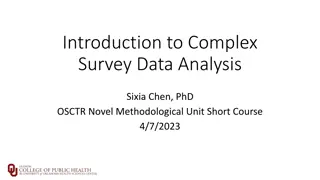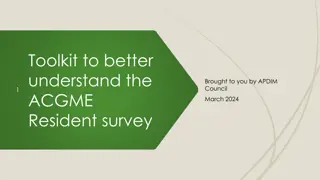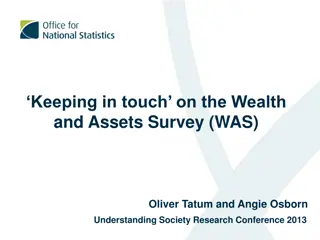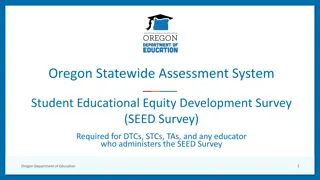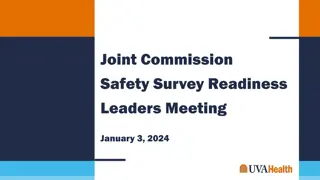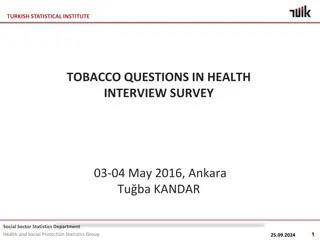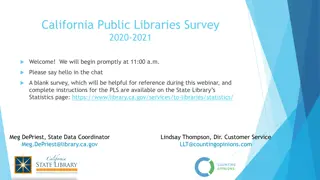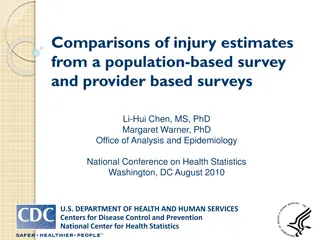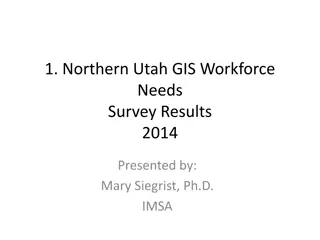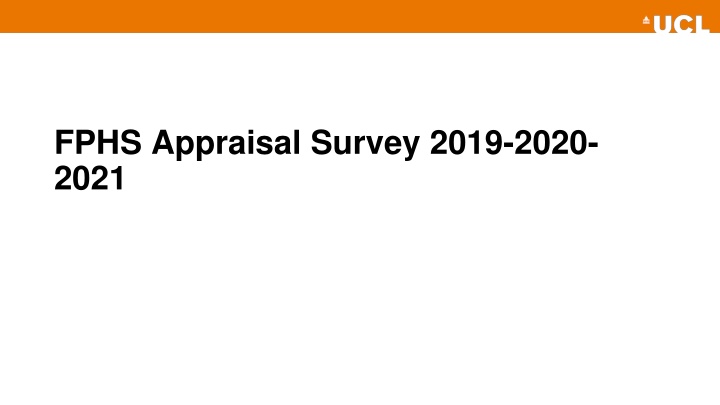
Insights from FPHS Appraisal Survey 2019-2021
Explore key findings from the FPHS Appraisal Survey conducted between 2019 and 2021, including respondent demographics, appraisal constructs, and discussion expectations versus actual outcomes. Gain valuable insights into job families and gender considerations in the appraisal process.
Download Presentation

Please find below an Image/Link to download the presentation.
The content on the website is provided AS IS for your information and personal use only. It may not be sold, licensed, or shared on other websites without obtaining consent from the author. If you encounter any issues during the download, it is possible that the publisher has removed the file from their server.
You are allowed to download the files provided on this website for personal or commercial use, subject to the condition that they are used lawfully. All files are the property of their respective owners.
The content on the website is provided AS IS for your information and personal use only. It may not be sold, licensed, or shared on other websites without obtaining consent from the author.
E N D
Presentation Transcript
Figure 5: Appraisal constructivity: expectation vs actual Sample size at base of each bar
Figure 6: Appraisal constructivity: expectation vs actual All: consider males, females, and other genders.
Logistic regression models Outcome: very/quite constructive actual appraisal Model 1: adjusted for survey year Survey year: 42% increase in the odds of a very/quite constructive actual evaluation for each year of increase in the survey year. Model 2: adjusted for survey year and gender Survey year: 43% increase in the odds of a very/quite constructive actual evaluation for each year of increase in the survey year. Gender other has 71% decrease odds of very/quite constructive actual appraisal than males. Models 3-5: Null association between very/quite constructive actual appraisal and institute (ref: GOS), respondent job family (ref: academic), appraiser job family (ref: academic), after adjustment for survey year.
Table 1: Regression models Model 1) Year 2) Year + gender (Ref: males) Variable Year Year Females Other Year EGA IfWH ICS ICTM IEHC IGH IHI Year Research Clinical Academic Professional Services Staff Other Year Research Clinical Academic Professional Services Staff Other OR 95% CI 1.17 1.18 0.60 0.08 1.18 0.48 0.29 0.97 0.88 0.60 0.67 1.16 0.60 0.56 0.48 0.27 1.13 0.64 0.65 0.50 0.19 p 1.42 1.44 0.86 0.21 1.43 0.92 0.60 1.48 1.34 1.03 1.66 1.41 0.93 1.14 0.73 0.79 1.38 1.12 1.07 0.72 0.49 1.72 1.75 1.25 0.56 1.74 1.78 1.23 2.26 2.04 1.77 4.12 1.72 1.44 2.33 1.12 2.29 1.68 1.96 1.75 1.02 1.28 0.0005 0.0003 0.4346 0.0020 0.0003 0.8045 0.1656 0.0711 0.1667 0.9151 0.2727 0.0007 0.7500 0.7110 0.1456 0.6608 0.0014 0.6988 0.7853 0.0617 0.1446 3) Year + Institute (Ref: GOS ICH) 4) Year + job family respondent (Ref: Academic) 5) Year + job family appraiser (Ref: Academic)




